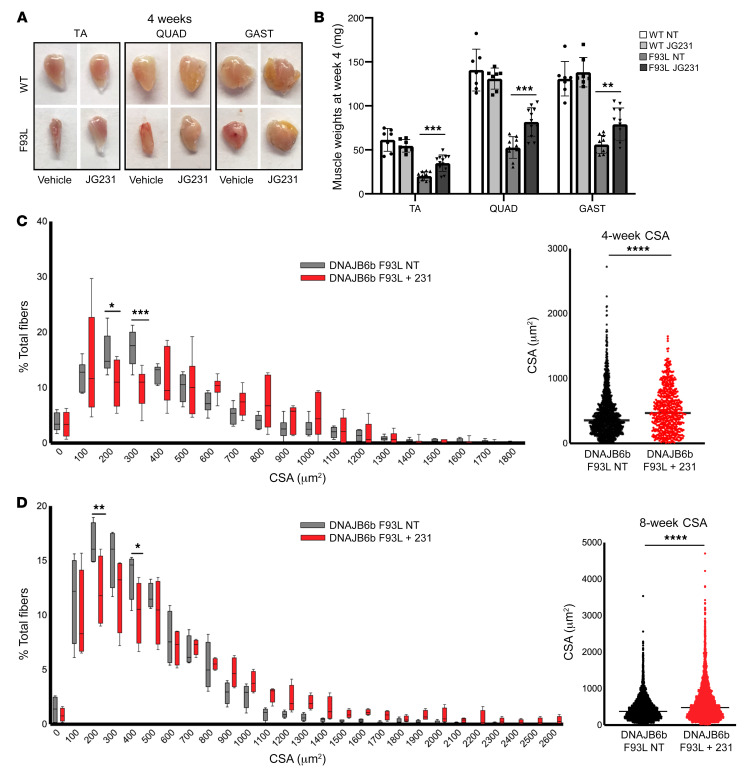Figure 8. JG231 increases myofiber size in LGMDD1 mice.
(A) Representative mages of TA, QUAD, and GAST muscles from 4-month-old DNAJB6b-WT and DNAJB6b-F93L mice treated with vehicle or JG231 for 4 weeks. (B) Average mass (mean ± SD, weight in milligrams) of the TA, QUAD, and GAST muscles from six DNAJB6b-WT and DNAJB6b-F93L mice treated with vehicle or JG231 for 4 or 8 weeks. **P < 0.005 and ***P < 0.0005, by paired Student’s t test. We used frozen sections of TA muscle from 4-month-old DNAJB6b-WT and DNAJB6b-F93L control mice or DNAJB6b-F93L mice treated with JG231 for 4 or 8 weeks. (C and D) Frequency distributions of muscle fiber CSA in TA muscle from 4-month-old DNAJB6b-F93L mice treated with vehicle or JG231 for 4 weeks (n = 6) (C) or 8 weeks (n = 4) (D). Data are presented as the average percentage of total fibers ± SD. *P < 0.05 and **P < 0.01, by 2-way ANOVA for comparisons between groups, followed by Bonferroni’s post hoc multiple comparisons test. ****P < 0.0001, by paired Student’s t test for comparisons between groups. Scatter plot graphs in C and D represent the mean CSA for all animals, where each point indicates an individual muscle fiber CSA.

